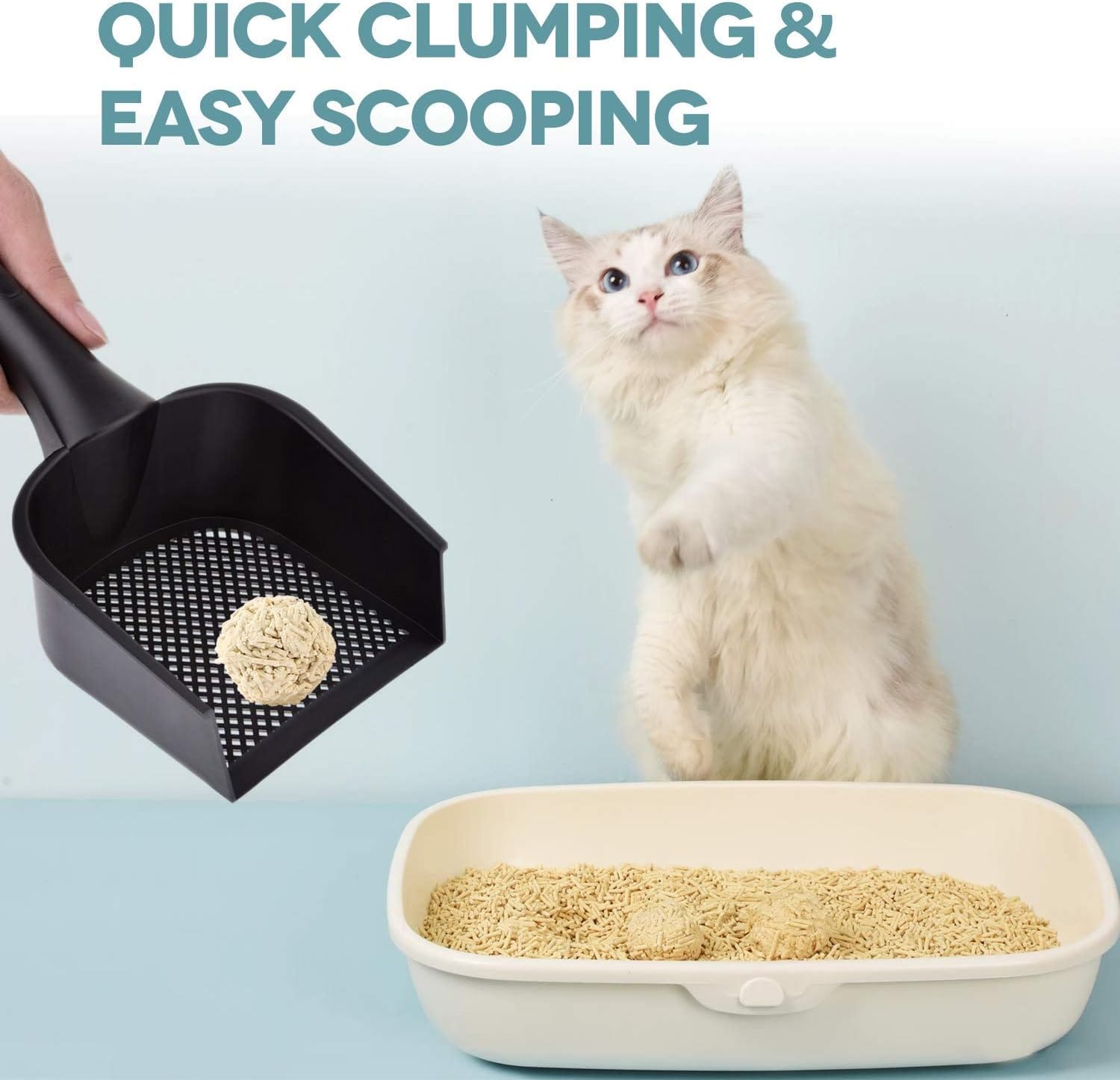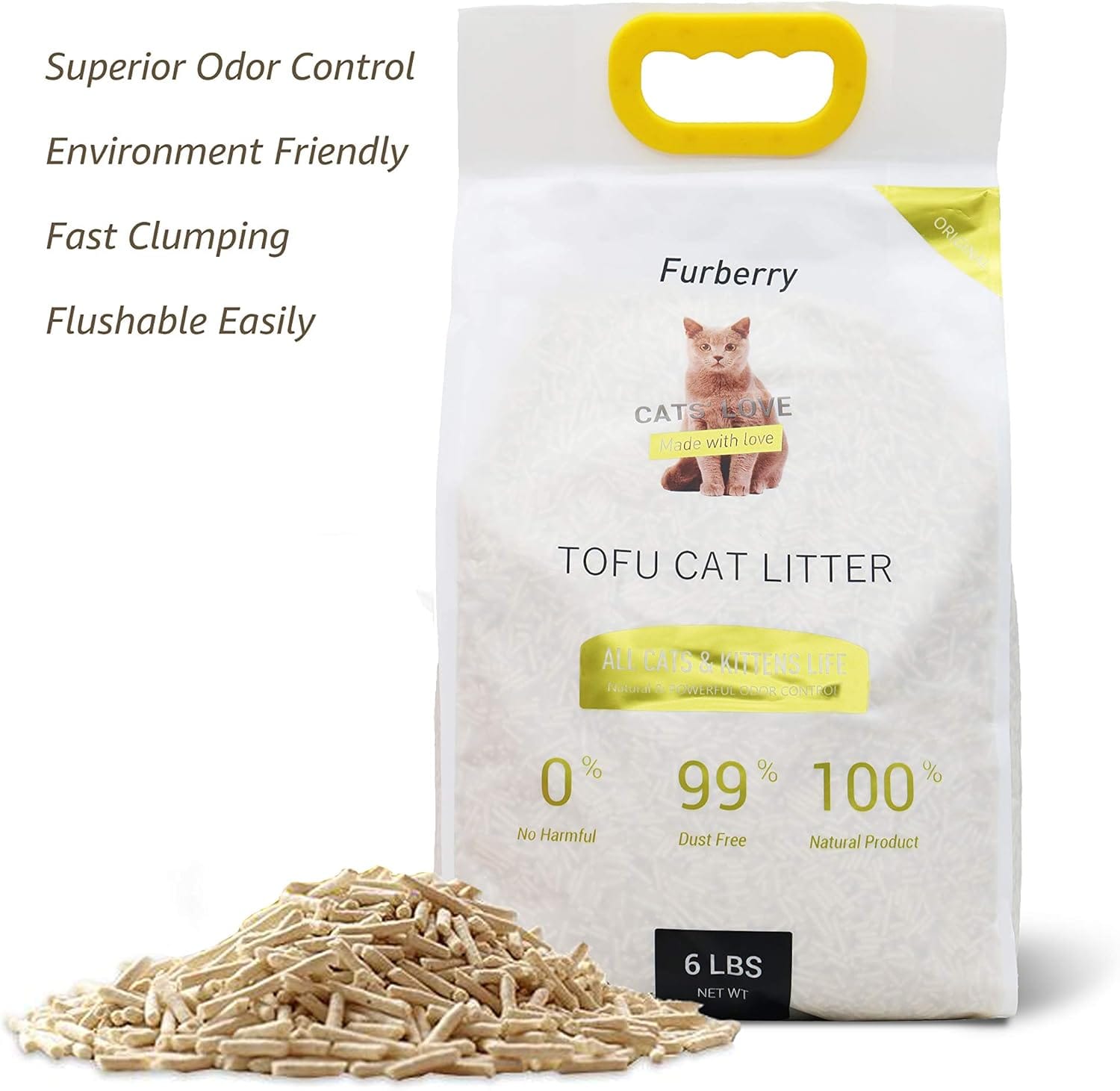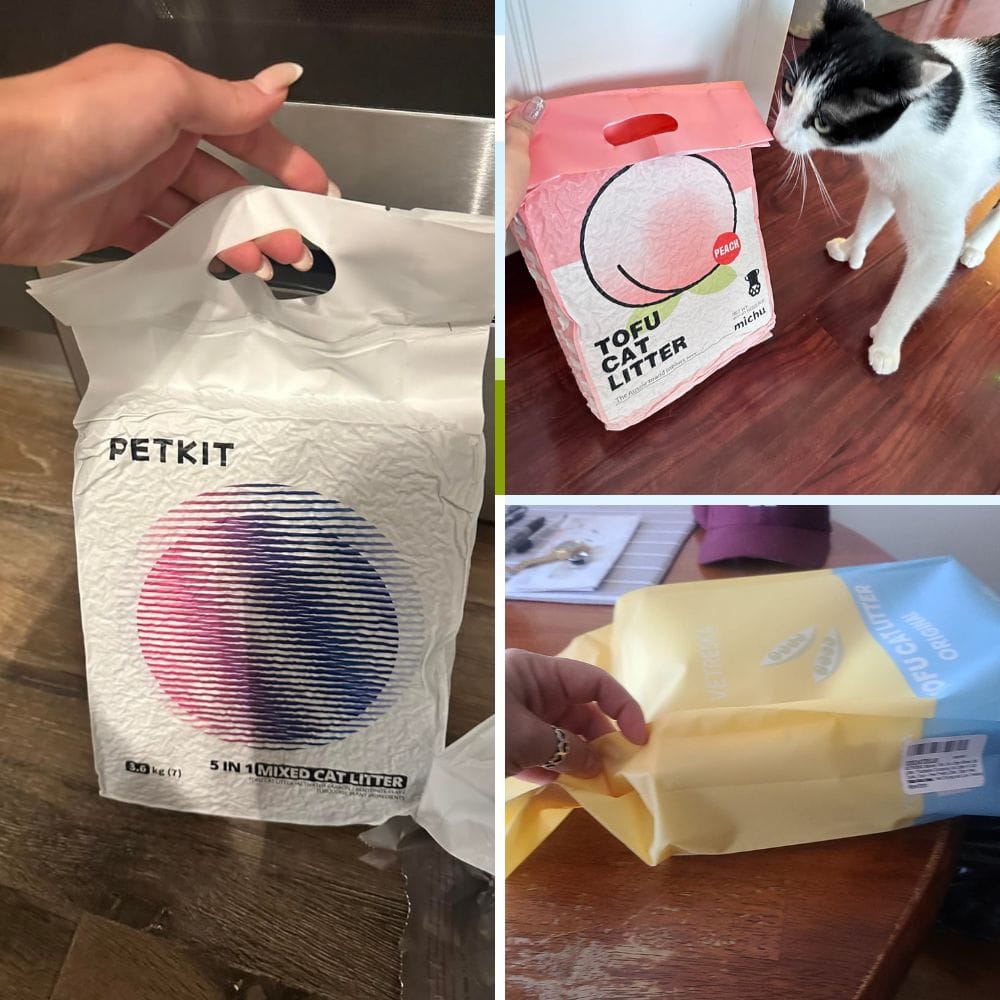Key Takeaways:
- Learn how to create eco-friendly tofu cat litter at home.
- Discover the cost-effective benefits of homemade cat litter.
- Understand the environmental impact of traditional vs. tofu cat litter.
Introduction to Tofu Cat Litter

Tofu cat litter is gaining popularity among pet owners who are looking for a sustainable and natural alternative to traditional clay-based litters. This eco-friendly option is not only biodegradable but also offers excellent odor control and absorbency. Making your own tofu cat litter at home can be a rewarding project that saves money and reduces your carbon footprint.
Why Choose Tofu Cat Litter?
Traditional cat litters often contain chemicals and additives that can be harmful to both pets and the environment. Tofu cat litter, on the other hand, is made from natural soybeans, making it a safer choice for your feline friend. Additionally, tofu litter is flushable and compostable, providing a guilt-free disposal method.
Ingredients Needed for DIY Tofu Cat Litter
Creating your own tofu cat litter requires only a few simple ingredients. You'll need soybeans, water, and a binding agent such as cornstarch. These ingredients are not only affordable but also readily available at most grocery stores. By using these natural components, you can ensure that your cat's litter is free from harmful chemicals.
Step-by-Step Guide to Making Tofu Cat Litter

Step 1: Preparing the Soybeans
Start by soaking the soybeans in water overnight. This process softens the beans, making them easier to grind. Once soaked, drain the water and rinse the beans thoroughly. This step is crucial to remove any impurities and ensure a clean final product.
Step 2: Grinding the Soybeans
After rinsing, grind the soybeans into a fine paste using a food processor or blender. The consistency should be smooth, resembling a thick batter. This paste will form the base of your tofu cat litter, providing the necessary absorbency and odor control.
Binding the Ingredients Together
Step 3: Adding the Binding Agent
Mix the soybean paste with cornstarch to create a cohesive mixture. The cornstarch acts as a binding agent, helping the litter clump together when wet. This property is essential for easy scooping and maintaining a clean litter box.
Step 4: Forming the Litter Pellets
Spread the mixture onto a baking sheet and allow it to dry. Once dry, break the mixture into small, pellet-sized pieces. These pellets will serve as the final form of your tofu cat litter, ready to be used in your cat's litter box.
Drying and Storing Your Tofu Cat Litter

Step 5: Drying the Pellets
To ensure the pellets are completely dry, place them in a warm, well-ventilated area. This step is crucial to prevent mold growth and maintain the litter's effectiveness. Once dry, store the pellets in an airtight container to preserve their freshness.
Step 6: Storing the Finished Product
Proper storage is key to maintaining the quality of your homemade tofu cat litter. Keep the container in a cool, dry place away from direct sunlight. This will help extend the shelf life of the litter and ensure it remains effective for your cat's needs.
Benefits of Homemade Tofu Cat Litter
Making your own tofu cat litter offers several advantages. Firstly, it is a cost-effective solution compared to purchasing commercial litters. Additionally, homemade litter allows you to control the ingredients, ensuring a safe and natural product for your pet. Lastly, by choosing a biodegradable option, you contribute to reducing environmental waste.
Environmental Impact of Tofu Cat Litter
Traditional clay-based litters are often mined, leading to habitat destruction and pollution. In contrast, tofu cat litter is made from renewable resources, minimizing its environmental footprint. By opting for a homemade version, you further reduce packaging waste and transportation emissions.
Cost Comparison: Homemade vs. Store-Bought

While store-bought tofu cat litter can be convenient, it often comes with a higher price tag. Making your own litter at home can significantly reduce costs, especially if you buy ingredients in bulk. This DIY approach not only saves money but also provides a sense of accomplishment and self-sufficiency.
Common Challenges and Solutions
Challenge: Achieving the Right Consistency
One common challenge when making tofu cat litter is achieving the right consistency. If the mixture is too wet, it may not clump properly. To solve this, adjust the amount of cornstarch until the desired texture is reached.
Challenge: Odor Control
While tofu cat litter is known for its odor control, some homemade versions may fall short. To enhance odor absorption, consider adding a few drops of essential oils like lavender or eucalyptus to the mixture. This addition can provide a pleasant scent while keeping odors at bay.
Tips for Success
To ensure the best results, use high-quality soybeans and fresh ingredients. Experiment with different binding agents, such as potato starch or tapioca flour, to find the best combination for your needs. Additionally, regularly clean your cat's litter box to maintain hygiene and prevent any unpleasant smells.
Case Study: A Cat Owner's Experience
Sarah, a cat owner from Portland, decided to try making her own tofu cat litter after learning about its environmental benefits. She found the process straightforward and was pleased with the results. Not only did she save money, but her cat also adapted well to the new litter. Sarah's experience highlights the practicality and effectiveness of homemade tofu cat litter.


Is homemade tofu cat litter safe for all cats?
Yes, homemade tofu cat litter is generally safe for all cats. However, it's always a good idea to monitor your cat's reaction when introducing any new product. If your cat shows signs of discomfort or allergies, discontinue use and consult your veterinarian.
How often should I change the tofu cat litter?
It's recommended to scoop the litter box daily and change the litter completely every 1-2 weeks. This routine helps maintain cleanliness and odor control, ensuring a pleasant environment for your cat.
Can I add fragrances to my homemade tofu cat litter?
Yes, you can add natural fragrances, such as essential oils, to your homemade tofu cat litter. However, use them sparingly and choose pet-safe options to avoid any adverse reactions.

Tofu cat litter is an eco-friendly alternative to traditional litters, offering benefits such as biodegradability and cost savings. By making your own litter at home, you can ensure a natural product free from harmful chemicals. This guide provides a comprehensive overview of the process, from ingredient selection to storage, empowering you to make informed choices for your pet and the environment.









